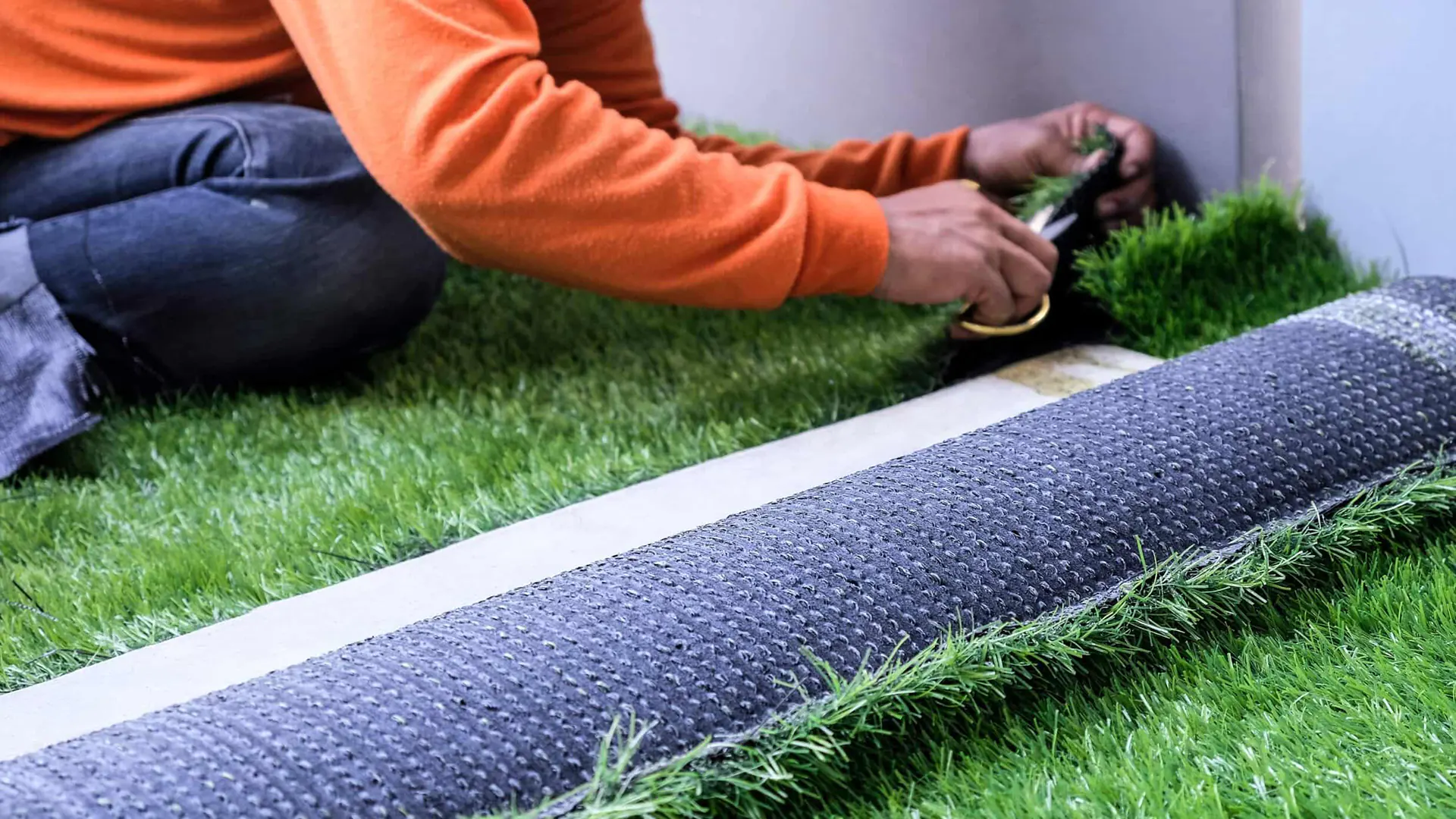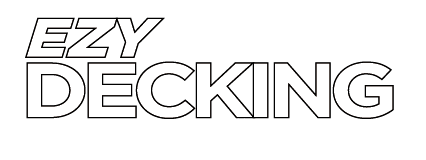
Are you a homeowner looking to use artificial grass? Many Australians love the benefits of synthetic turf because of its attractive features and endurance against harsh local climates.
Artificial grass’ unique advantages include a lush, natural appearance that doesn’t require watering or mowing.
However, it isn’t perfect: it has downsides and imperfections, such as steep costs and artificial grass maintenance challenges.
This blog will explain several synthetic turf upkeep tips that help preserve aesthetics and extend longevity, providing homeowners long-term peace of mind and comfort.
Artificial Turf Grass Maintenance Steps
Low-maintenance synthetic turf requires upkeep to look fresh, clean, elegant, and enduring in harsh-climate cities such as Sydney, NSW.
Here are the steps in maintaining artificial grass:
- Brush the grass to prevent matting and retain its vertical appearance.
- Eliminate debris, including leaves, sticks, and dirt, to prevent accumulation.
- Wash or hose down the turf to sanitise dust and spills.
- Use an artificial grass deodoriser spray or infill product to eliminate pet odours.
- Weed can proliferate on your synthetic turf. Periodic application of environmentally friendly measures, such as boiling water or vinegar spray, can prevent weed growth.
Why Synthetic Grass Maintenance Care Is Simple
Zero Mowing And Watering
Mowing expansive lawns, especially during the oppressive Australian summer months from December to February, can be challenging and uncomfortable.
Fortunately, synthetic grass doesn’t require mowing because it retains its constant lush, trimmed appearance year-round, saving time and effort.
Artificial grass’ zero-watering requirements help homeowners significantly reduce water consumption by 40%, lowering overall utility costs and increasing savings.
Aesthetic Retention
Sydney, NSW, undoubtedly has one of the most beautiful subtropical climates in the country.
However, the weather isn’t suitable for synthetic turf. The long, arid summers and erratic rainfall make traditional lawn maintenance daunting and stressful.
Conversely, artificial grass remains green and abundant twenty-four hours a day, seven days a week.
Manufacturers equip synthetic turf with UV-resistant features to withstand Australia’s harsh summers and prevent fading and wilting.
Artificial grass is a viable, long-term solution for homeowners prioritising long-term aesthetics.
Time Saver
Although Sydney synthetic turf requires some maintenance, its natural counterpart requires regular mowing, fertilising, weeding, and watering. Artificial grass upkeep requirements are considerably less than their natural equivalent, saving homeowners valuable time.
Installing synthetic turf means more time for family and friends. You will also enjoy barbecues and various outdoor activities on your artificial grass. It’s a massive upside for busy homeowners who crave downtime and avoid extensive weekend yard work.
Pet and Child-Friendly
Synthetic turf is a game-changer for families with children and pets. Its soft, cushioned facade is suitable for playing and frolicking.
Artificial grass is also non-toxic and hypoallergenic, with no harsh chemicals or components that can harm children or pets.
Having kids or animals at home means spillages and pet waste are inevitable. Fortunately, rinsing with water or using an odour neutraliser quickly rectifies the situation.
Long-Term Cost-Effectiveness
Upfront artificial grass installation costs can be intimidating. However, we strongly encourage homeowners to look at the bigger picture.
Synthetic turf doesn’t require fertilisers, lawnmower fuel, and sprinkler repairs. Some surveys reveal Australians can save up to $1,200 yearly by maintaining artificial grass instead of its natural counterpart.
These savings multiply considerably over time, enhancing your synthetic turf’s cost-effectiveness and providing homeowners with valuable reassurance.
If appropriately maintained, artificial grass can last up to 15 years. Natural grass cannot live that long without proper watering, mowing, and fertilising.
Conversely, synthetic turf retains its lush, green look for nearly two decades, making it an appealing investment for Australian homeowners.
Minimal Allergens And Pests
Since artificial grass doesn’t grow pollen-producing plants, homeowners don’t have to worry about hay fever and sneezing.
Synthetic turf also doesn’t lure annoying pests such as mosquitoes, ants, and other insects that damage natural grass health, disrupt soil activity, promote weed growth, and increase health risks and maintenance costs.

Fake Grass Maintenance Disadvantages
Although artificial grass has many upsides, it is not perfect. Synthetic turf has the following disadvantages:
Steep Upfront Expenses
Artificial grass installation isn’t cheap. This endeavour costs approximately $1,000 per square metre (including labour), depending on your garden area and turf installation quality. Expansive yards require steeper assembly costs.
Homeowners on tight budgets must consider these steep installation costs carefully. Although synthetic turf’s low upkeep produces long-term savings, it may take some time for these people to break even.
For this reason, we strongly urge homeowners to analyse their finances before purchasing artificial grass Brisbane.
Maintenance Requirements
Even though artificial grass is “low-maintenance,” it requires upkeep to ensure it endures over time.
We recommend hosing it down and using odour and stain removal cleaners or sprays to maintain your synthetic lawn turf.
For optimum results, we recommend rinsing your artificial grass with water once weekly and disinfecting and deodorising it once monthly.
This routine isn’t as tedious and challenging as watering, fertilising, and mowing natural grass, saving time and effort.
It can get very hot in direct sunlight
Synthetic grass can get particularly hot when exposed to direct sunlight in hot weather conditions. Temperatures soaring well above 30℃ aren’t at all uncommon in areas of Sydney and Brisbane, particular during the summer months of December to February.
You can neutralise the turf’s accumulated heat by hosing it down with water or installing a shade or roof to protect your lawn from oppressive sunlight.
Take preventive measures to ensure your children and pets can play safely in your garden.
Environmental Issues
Many synthetic turfs are made from polyethylene or polypropylene plastic derived from petroleum. Artificial grass emits greenhouse gases that leave a negative environmental impact.
Dilapidated synthetic turf also ends up in landfills, where it causes microplastic pollution and chemical leaching, which contaminate the surrounding environment.
Drainage Concerns
Although contemporary artificial grass turf systems have built-in drainage systems, incorrect installation can result in water pooling or overflowing during heavy rainfall. This is a common occurrence during torrential rainfall from November to March in Sydney and Brisbane.
Proper installation is the best preventive measure. Hiring a highly qualified and experienced contractor is a step in the right direction.
Contact Us
Are you thinking about installing artificial grass on your property? Ezy Decking has provided premium synthetic grass to numerous customers in Brisbane, the Gold Coast, and Sydney.
Contact us to discuss your artificial grass requirements. We will schedule an on-site inspection and create an upfront, customised quote perfect for your needs and budget.





